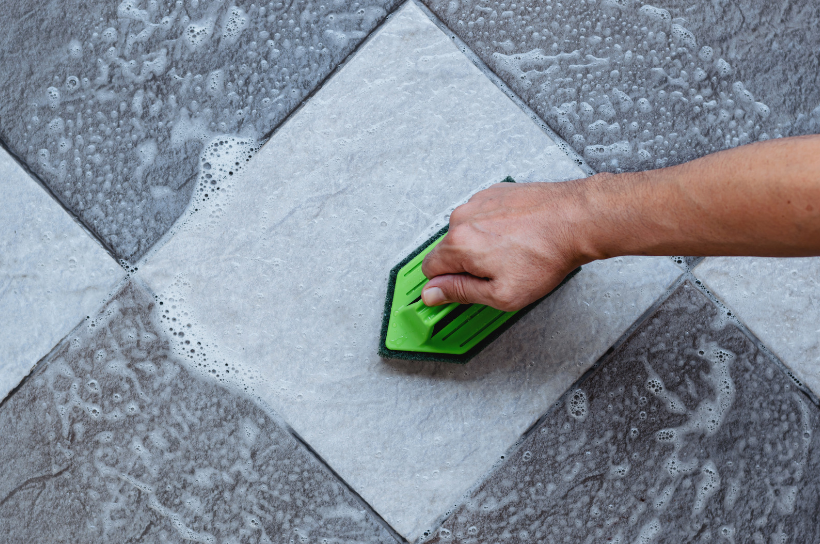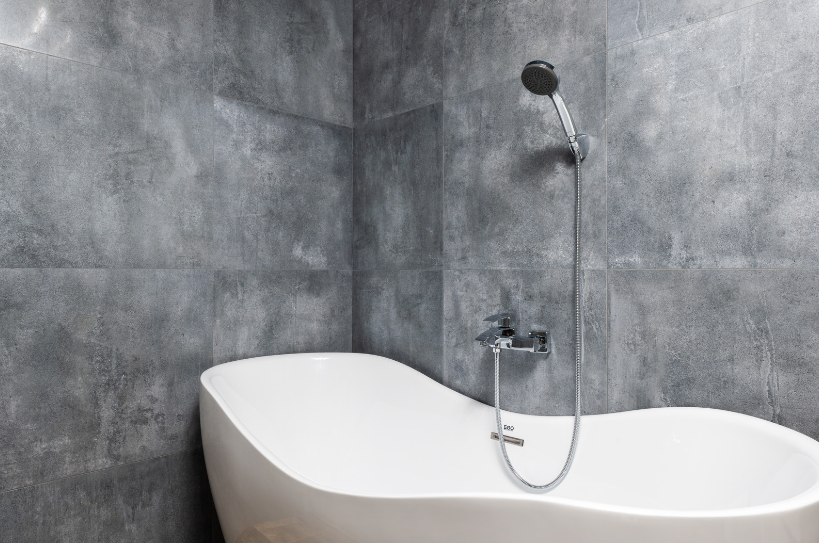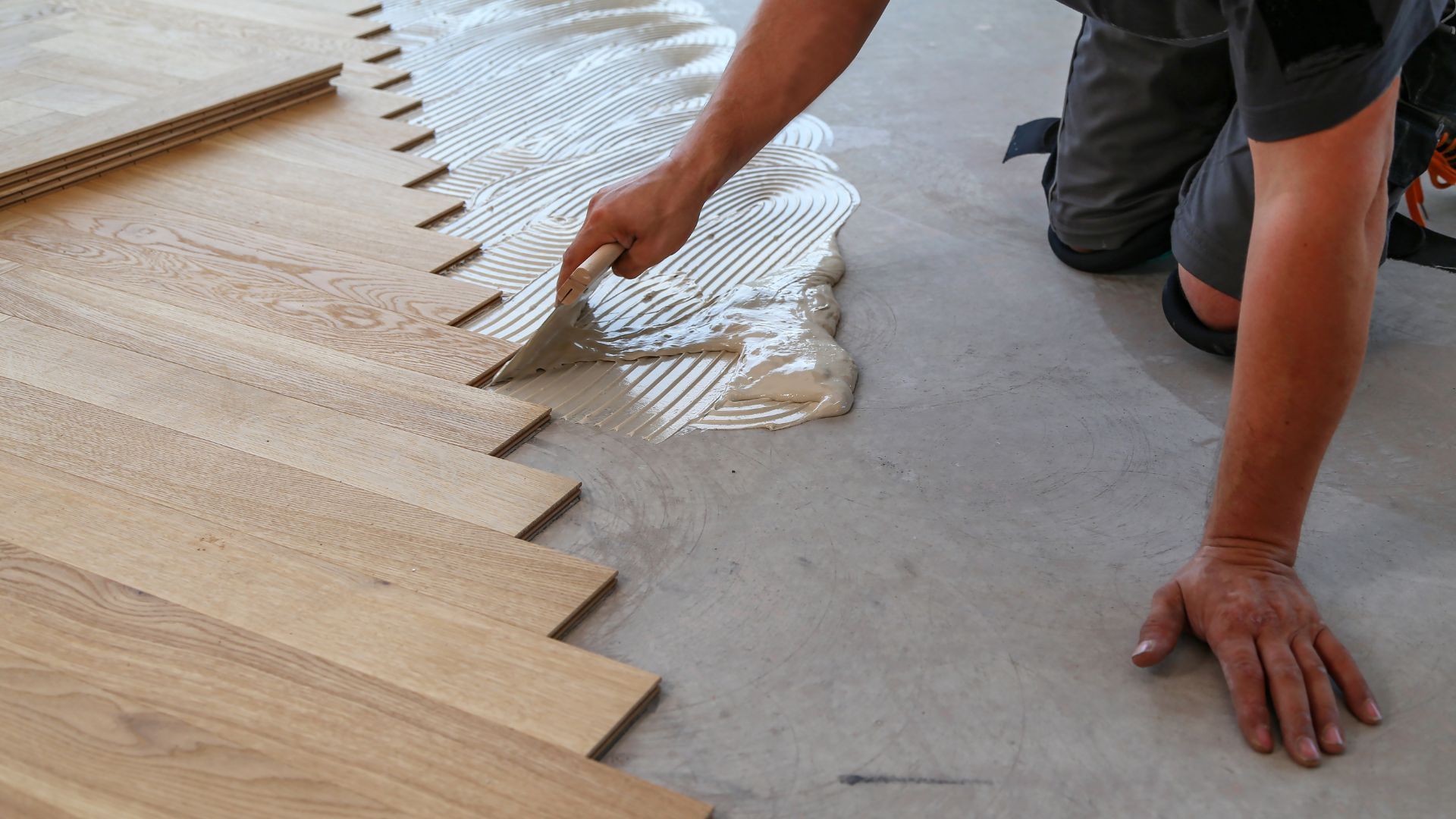How Do Vinyl and Laminate Flooring Differ?
Vinyl flooring and laminate flooring have many similarities - they are more similar than they are different, in fact. Both are durable and easy to maintain, they cost about the same amount, they are installed in much the same way, and they often even look very similar. There are differences between the two, however - one major difference and several minor ones. If you are comparing these two flooring types, here are a few things to keep in mind:
Water Resistance
The biggest difference between
vinyl flooring and laminate flooring is that vinyl is very resistant to water damage. Laminate is not. This means that while vinyl can be installed anywhere in your home, laminate is not recommended for moisture-prone areas like bathrooms, kitchens, and utility rooms. Laminate does have a water resistant top layer, so small spills won’t harm it as long as they are cleaned up quickly. If water gets underneath a laminate floor or seeps through its seams, however, it will likely have to be replaced.
Appearance
Vinyl and laminate often look very similar. If you are trying to mimic solid hardwood, laminate might be a slightly better choice - laminate generally looks more realistic than vinyl. It can also very closely resemble stone flooring. The color and style choices are generally more limited with laminate, however. If you want something a little out of the ordinary (or just beyond the standard colors of wood flooring), vinyl might be the way to go.
Durability
Both vinyl and laminate flooring are fairly durable, especially if you choose a higher-quality option. Laminate, like solid hardwood, is prone to scratching. Unlike a solid hardwood floor, laminate cannot be sanded down and refinished. If serious scratching occurs, you’ll have to replace that section of the floor. Vinyl stands up better to everyday wear and tear, and minor scratches or chips can be repaired with wax.
Aside from major damage, a top-quality option of either flooring type will last you a couple decades. If you keep your laminate flooring dry and don’t drag heavy furniture across it, there is little difference in the durability and longevity of vinyl and laminate floors.
Cost
Lower and average quality vinyl floors cost almost exactly the same as lower and average quality laminate floors. Both options are less expensive than solid hardwood or tile. When you start looking at high-end options, however, vinyl can quickly become more expensive than laminate. Such vinyls will also last longer since they are thicker and tougher than lower quality options, so you can expect to recoup most of your extra cost over time. A top-quality laminate floor will cost less than a top-quality vinyl floor, but may also need to be replaced sooner.
Whichever option you choose, proper installation is essential to the durability and longevity of your new floor. Once you have weighed the pros and cons of vinyl and laminate flooring, call our expert installers to ensure that your new floor is as beautiful and sturdy as it can be!
You might also like
Tiling Halifax Murphy's Blog



